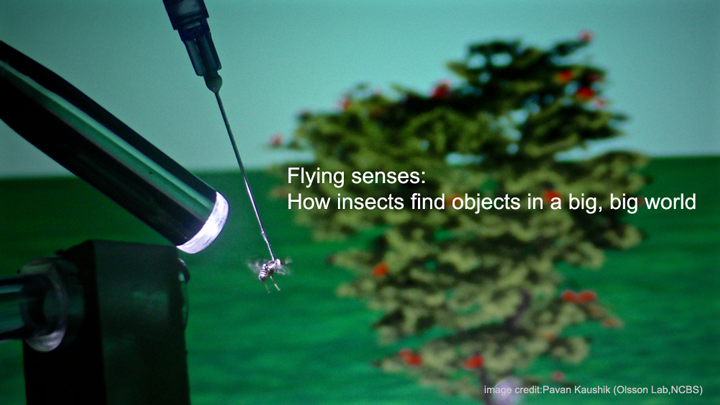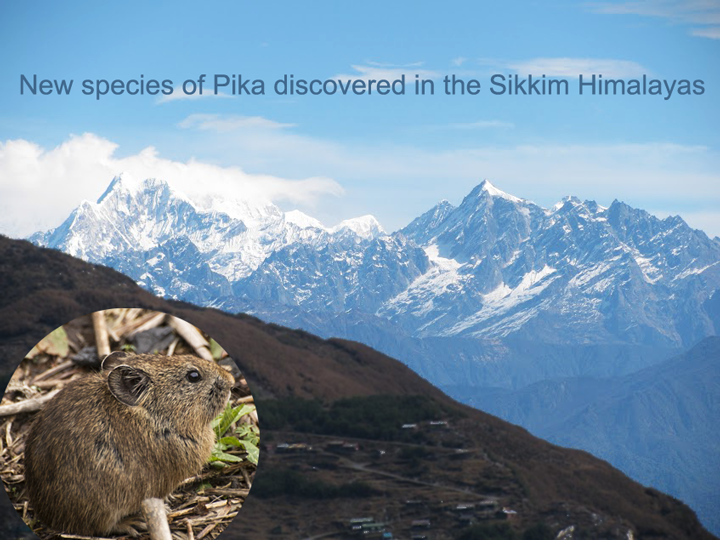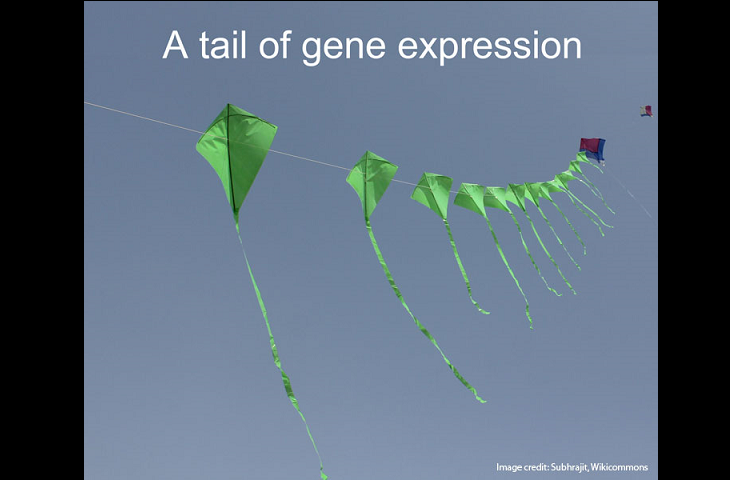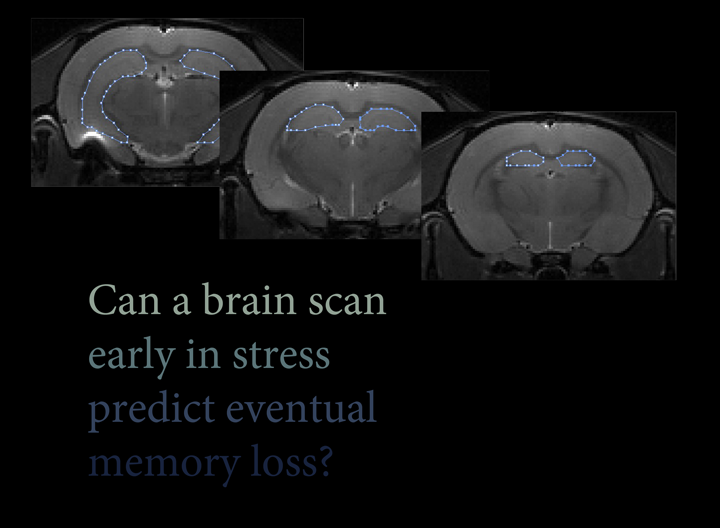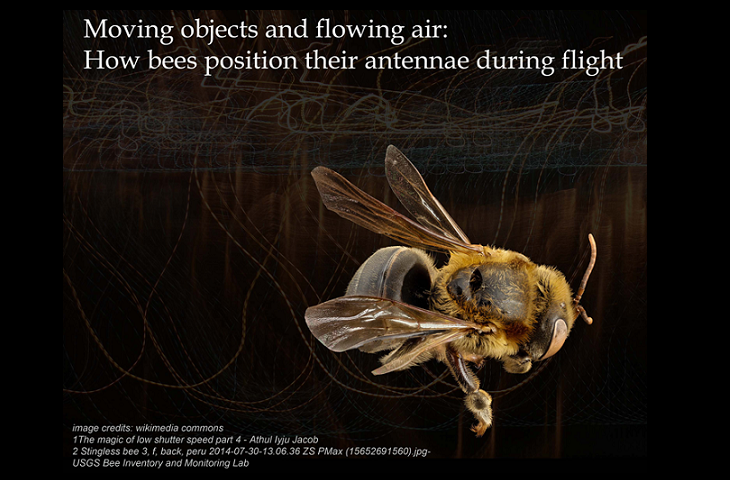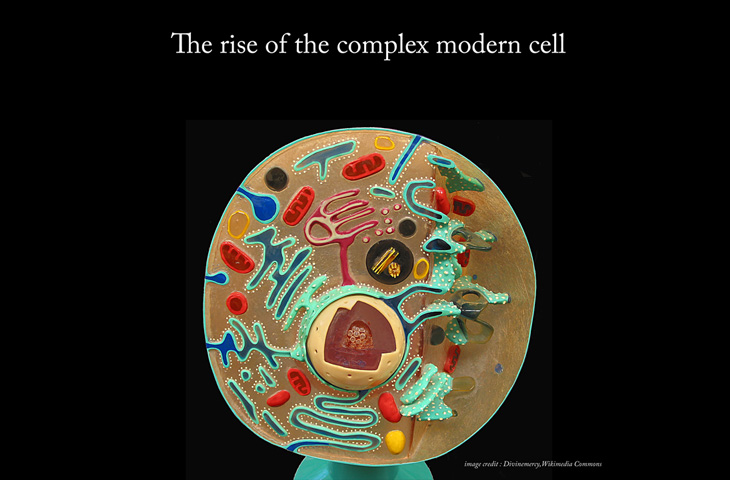-
Flying senses: How insects find objects in a big, big world
In 1974, 39-year-old Ronald Prokopy was living in a small trailer with his wife and new-born son. Barely a year earlier, the couple had moved to Bailey's Harbor in Wisconsin, a tiny town with a population of about 600. The move was precipitated by two of Prokopy’s chief passions. His newly established orchard, ambitiously named ‘Prokopy Bio-Experimental Farm’ was one. His lifelong obsession with the apple maggot fly was the other. -
New species of Pika discovered in the Sikkim Himalayas
Researchers at the National Centre for Biological Sciences (NCBS), Bengaluru have identified a new species of Pika, high up in the Sikkim Himalayas. In their recently published study, the group, including Dr Uma Ramakrishnan and her collaborators, probed the genetic origins of the little mammal, only to discover an entirely new lineage, with a unique evolutionary past. Their work is expected to pave the way for a deeper understanding of biodiversity in the Himalayan region. -
How did the modern eukaryotic cell acquire its transport system?
The inside of a present day plant or animal cell quite closely resembles a busy city. Like an urban metropolis with different districts interlinked by a traffic network, a cell has distinct compartments connected to each other by a dynamic transport system.
One set of such interlinked compartments - the Golgi complex - is essential for many cellular functions, and a question that has long puzzled scientists is: how did such a complex compartment and traffic system arise within a cell?
-
A tail of gene expression
Imagine trying to fly a kite without a tail. It swoops and loops and wiggles and finally crashes down into the ground. A kite without a tail is unstable, but add a tail at the right place, and your kite will fly steady.
-
A brain circuit to push past nutritional stress
The researchers have discovered an integrative circuit of nerve cells in fruit fly brains that allows them to ignore the lack of proteins in their food to enter the pupal stage.
-
Can a brain scan early in stress predict eventual memory loss?
New research now shows that even a brief period of stress can cause the hippocampus to start shrinking.
-
Moving objects and flowing air: How bees position their antennae during flight
Researchers from the National Centre for Biological Sciences (NCBS), Bangalore propose that airflow measured by bee antennae could be critical for their ability to gauge flight speed. And to do this, they must be able to position their antennae correctly.
-
The rise of the complex modern cell
Complex modern cells - the ones that you and I are made up of - may be the result of a long-drawn courtship, rather than a hasty marriage between two types of structurally simple cells.
Every modern eukaryotic cell is distinct from prokaryotic cells in two striking ways. One, eukaryotes possess mitochondria or 'powerhouses' that generate energy, and two, every eukaryotic cell is elaborately divided into dynamic compartments with distinct functions. The origin of these compartments has been a source of intense debate.
-
Guarding the gatekeepers
Latest research from the National Centre for Biological Sciences (NCBS), Bangalore, gives us new insights into how Orai proteins are regulated. Researcher Bipan Kumar Deb from Gaiti Hasan's group has discovered that the protein Septin 7 guards Orai function by acting as a 'molecular brake' to Orai activation.
-
Large wildlife important for carbon storage in tropical forests
In a recent study in the journal Nature Communications, researchers find that large-seeded tree species which depend on big animals for seed dispersal, grow to greater sizes as adults and thus have higher carbon storage potential than species with smaller seeds in tropical forests worldwide.


